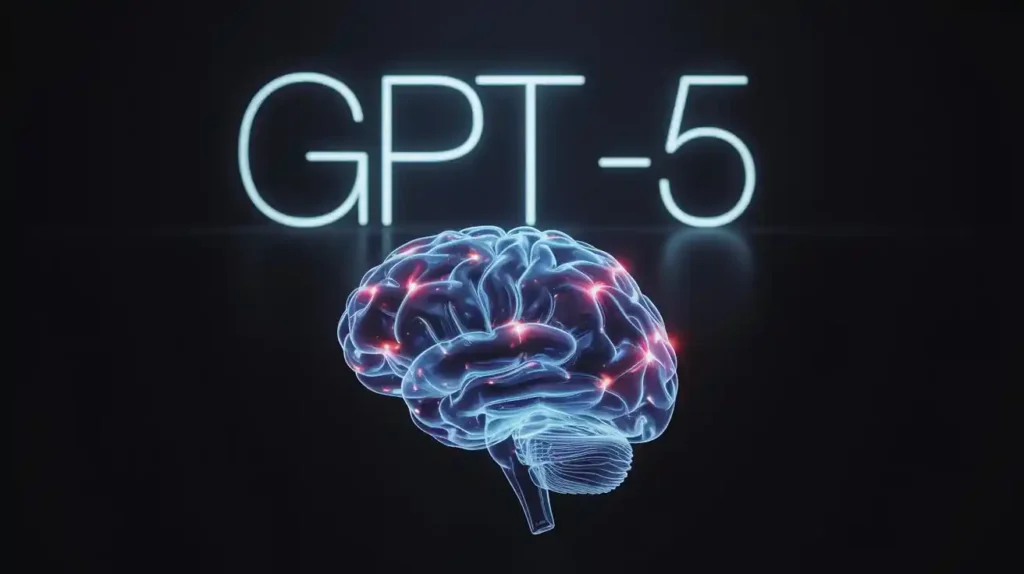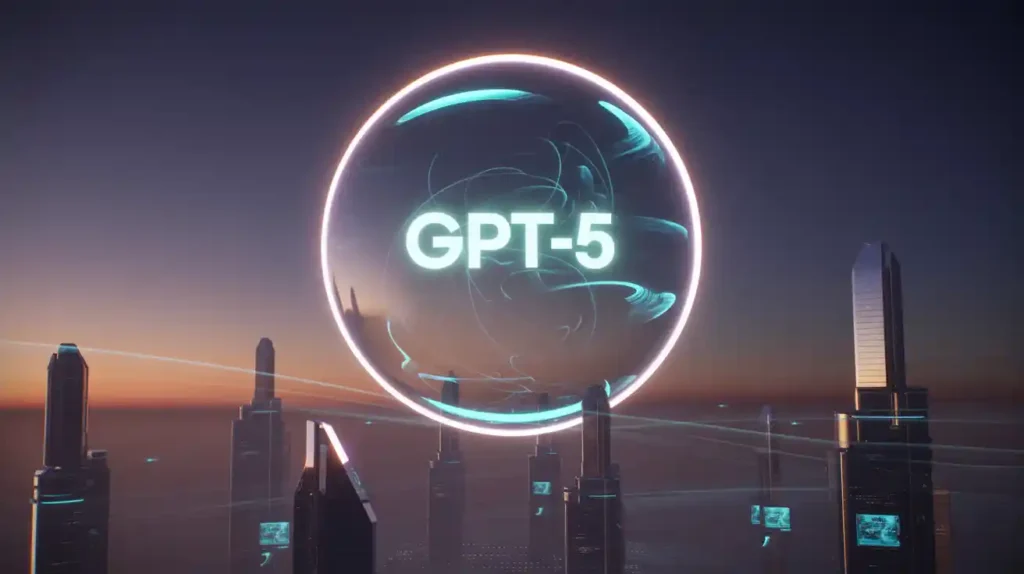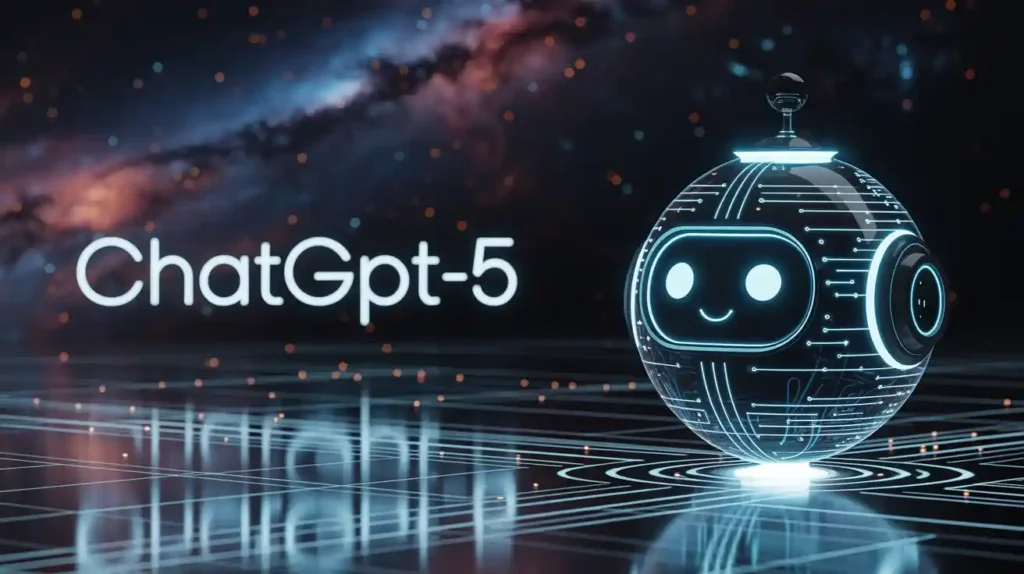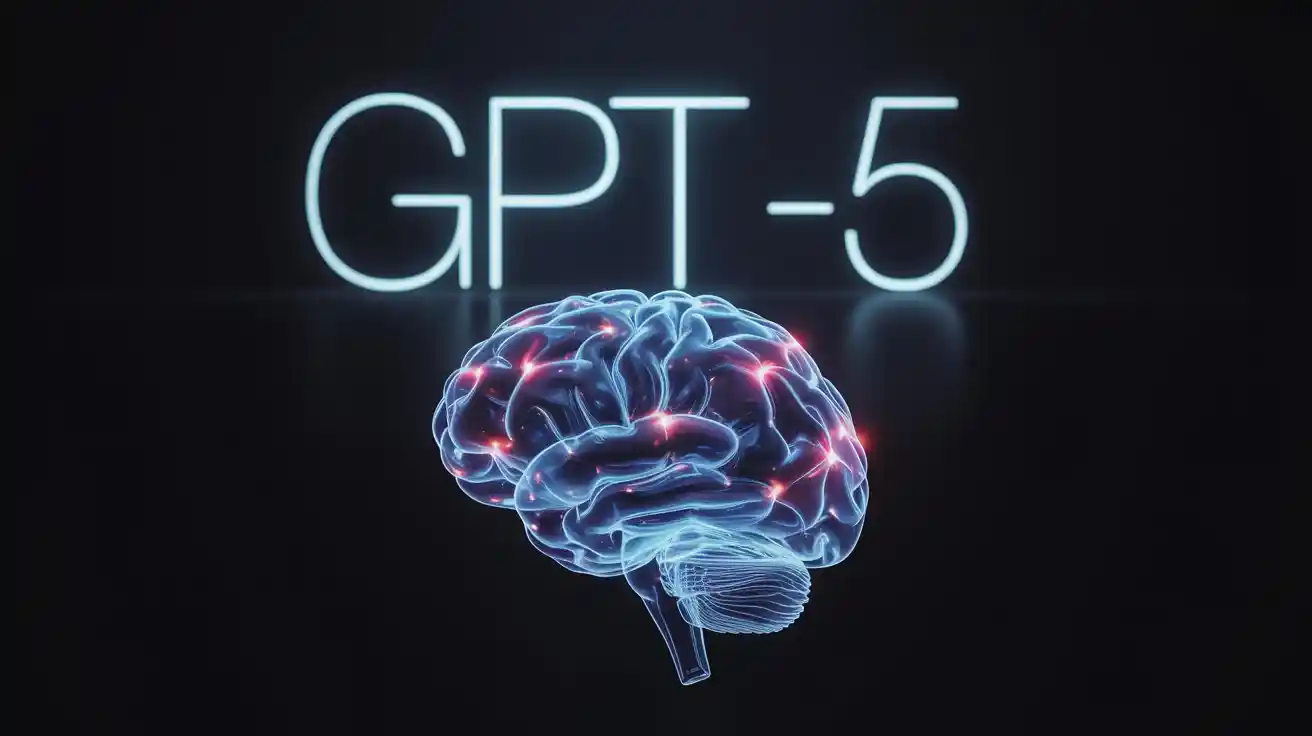Artificial Intelligence continues to push boundaries, and the upcoming launch of GPT-5 has captured the attention of tech enthusiasts, businesses, educators, and everyday users alike. Following in the footsteps of GPT-4, which brought powerful reasoning, multimodal capabilities, and better contextual understanding, GPT-5 is set to deliver even more groundbreaking features.
In this article, we’ll explore the expected launch date, the major updates GPT-5 will introduce, and how it will be helpful across industries and daily life.
The Anticipation Around GPT-5
The GPT (Generative Pre-trained Transformer) series by OpenAI has been one of the most influential developments in natural language processing. Each version has significantly improved over the previous one, making AI more conversational, intelligent, and capable of handling complex tasks.
With GPT-5, expectations are higher than ever. Users want better reasoning, deeper multimodality, improved factual accuracy, and more human-like adaptability.

GPT-5 Launch Date
While OpenAI has not officially confirmed an exact launch date at the time of writing, industry insiders suggest a release window in late 2025. Testing phases and developer previews may start earlier, giving select partners access to experiment before the public rollout.
The timing makes sense—OpenAI tends to allow roughly 1–2 years between major releases, ensuring enough time to gather feedback, refine the model, and incorporate advances in AI safety and efficiency.
ALSO CHECK: AutoGPT vs AgentGPT vs ChatGPT: What Is the Difference?
Key Updates in GPT-5
GPT-5 isn’t just an upgrade—it’s an evolution. Here are some of the most anticipated updates based on leaks, developer previews, and AI research trends:
1. Longer Context Windows
One of the biggest frustrations with earlier models was context loss in long conversations. GPT-5 is expected to handle up to 1 million tokens of context, meaning it could analyze entire books, legal documents, or multi-day chats without forgetting earlier details.
2. Advanced Multimodal Understanding
GPT-4 introduced basic multimodality—handling text and images. GPT-5 will reportedly expand to video, audio, and interactive data visualizations, making it an all-in-one assistant for media, data, and conversation.
3. Improved Factual Accuracy
Through real-time web access and integrated fact-checking, GPT-5 will reduce the “hallucination” problem—where AI generates incorrect information with confidence.
4. Personalization
GPT-5 will adapt more closely to user preferences. From writing style to knowledge focus, it will remember user interactions (with permission) and tailor responses accordingly.

5. Faster and More Efficient
Optimized training and inference mean GPT-5 will deliver responses faster while using less computational power, making it more accessible to smaller businesses and developers.
6. Stronger Safety and Ethical Filters
OpenAI has invested heavily in AI safety research. GPT-5 will likely have more robust content moderation tools, better handling of sensitive topics, and customizable safety settings for different use cases.
How GPT-5 Will Be Helpful
GPT-5’s improvements will unlock new possibilities across various domains. Here’s how different sectors can benefit:
1. For Businesses
Businesses will be able to integrate GPT-5 into customer service systems, marketing pipelines, and operational tools.
- Customer Support: GPT-5 can handle complex support tickets, understand customer history, and resolve issues faster.
- Marketing: It can create entire ad campaigns, write persuasive copy, and adapt messaging for different demographics.
- Data Analysis: GPT-5’s improved ability to interpret large datasets will make business intelligence faster and more insightful.

2. For Education
Teachers, students, and institutions will find GPT-5 a game-changer.
- Personalized Tutoring: Tailored lessons based on each student’s learning pace.
- Research Assistance: Summarizing academic papers, suggesting resources, and fact-checking content in real-time.
- Language Learning: More natural and context-aware conversational practice in multiple languages.
3. For Developers
GPT-5’s coding capabilities will improve, allowing developers to:
- Debug Complex Code: Spot errors in large codebases quickly.
- Generate Apps from Descriptions: Build prototypes simply by describing the desired functionality.
- Collaborate with AI: Co-write code, documentation, and test scripts with AI suggestions.
4. For Creative Professionals
Artists, writers, musicians, and designers will get more powerful AI collaboration tools.
- Storytelling: GPT-5 can co-author books, scripts, and game narratives.
- Music Composition: Generate melodies and harmonies in various styles.
- Visual Arts: Work with multimodal prompts to design graphics, logos, and concept art.
5. For Everyday Users
GPT-5 will also impact personal productivity and daily life.
- Personal Assistant: Manage schedules, write emails, book appointments, and even draft legal letters.
- Life Planning: Help with budgeting, career advice, or fitness and nutrition tracking.
- Entertainment: Engage in more human-like conversation, recommend movies, or even create custom games.
Why GPT-5 Marks a Turning Point
While GPT-3 and GPT-4 were impressive, they still struggled with long-term memory, deep reasoning, and up-to-date knowledge. GPT-5 addresses these issues, making AI not just a tool for single tasks but a continuous companion for ongoing work.
The move toward AI agents—systems that can take actions, retrieve information, and perform tasks without constant human supervision—will likely become mainstream with GPT-5. Instead of just answering questions, GPT-5 could initiate tasks based on your goals.

Challenges and Considerations
Despite the excitement, GPT-5 will face challenges:
- Ethical Use: More capable AI means a greater risk of misuse, requiring strong safeguards.
- Bias and Fairness: Models still risk inheriting biases from training data, which could impact decision-making in sensitive areas.
- Overreliance on AI: As GPT-5 becomes more capable, people might depend too heavily on it, risking loss of critical thinking skills.
- Access Inequality: Advanced AI tools may be out of reach for some due to cost or infrastructure limitations.
Preparing for GPT-5
Whether you’re a business owner, educator, or casual user, now is the time to prepare:
- Learn the Basics of AI Integration: Understand APIs, automation tools, and data privacy.
- Evaluate Use Cases: Identify where GPT-5 can add the most value to your work or life.
- Stay Updated on Release News: Early adopters may get competitive advantages.
- Plan for Ethical Use: Establish guidelines for responsible AI adoption.
Final Thoughts
The launch of GPT-5 in late 2025 will mark one of the most significant milestones in AI development to date. With its longer context window, multimodal capabilities, improved accuracy, and greater personalization, GPT-5 is not just an upgrade—it’s a transformative step toward AI that feels less like a tool and more like a collaborator.
For businesses, it’s an efficiency powerhouse. For educators, it’s a personalized tutor. For creatives, it’s a partner in innovation. And for everyday users, it’s an all-in-one assistant ready to help with nearly any task.
The key to benefiting from GPT-5 will be understanding its strengths, respecting its limitations, and using it responsibly. If done right, GPT-5 could be the most helpful AI model yet—reshaping how we learn, work, and create in the years ahead.


AI technology has significantly enhanced the ability to match patterns across various domains text or images. By leveraging advanced algorithms and machine learning techniques, AI systems can analyze vast amounts of data to identify trends, correlations, that would be difficult for humans to discern. For instance, in fields like finance, AI can detect fraudulent transactions by recognizing unusual spending patterns in real-time. In healthcare, AI algorithms can analyze medical images to identify early signs of diseases, such as cancer, by comparing them against extensive databases of previously diagnosed cases. This capability not only improves accuracy but also accelerates decision-making processes, allowing for timely interventions and more informed strategies across industries. With GPT-5 the output and performance of AI in pattern matching shall be improved through the